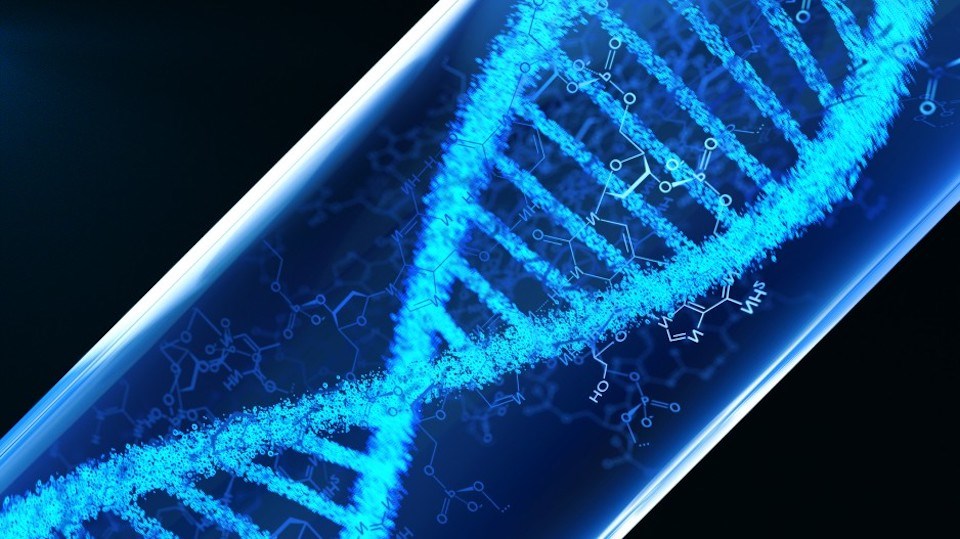Some highly toxic chemicals, including sodium cyanide, are commonly used in mining for the extraction of ore in processes like heap leaching, and some very nasty metals and metalloids – arsenic, mercury, selenium and lead – are often the byproducts of processing ore.
Neutralizing those toxic leftovers in tailings ponds typically requires the use of chemicals.
In recent decades, Teck Resources (TSX:TECK.B) has spent a small fortune trying to neutralize the selenium – toxic to fish -- that has made its way into rivers from its Elk Valley metallurgical coals mines in B.C.
If there is a better, more natural way to process ore and treat mine waste, mining giants like Teck and Rio Tinto want to know about it. So both are investing in a $16 million science experiment led by Canada’s Digital Technology Supercluster to identify microbes that can do the job of chemicals.
Teck and Rio Tinto are the two major industrial partners in the supercluster’s new Mining Microbiome Analysis Platform. Other partners in the project include the University of British Columbia (UBC), BGC Engineering, Koonkie Canada, Genome BC, Allonnia, Microsoft (Nasdaq:MSFT) and the Centre for Excellence in Mining Innovation.
The B.C. Ministry of Energy, Mines and Low Carbon Innovation, Tahltan Central Government, and Illumina -- a global genomics sequencing company – are also participating in the project.
Industry partners are putting up the lion’s share of the funding for the project -- $12.6 million. The Digital Supercluster’s Technology Leadership Program will contribute $3.9 million.
The project will use DNA sequencing and genome mapping to identify microbes that may do naturally what chemicals do.
Teck is already using “mining microbes” to try to neutralize the selenium produced at its metallurgical coal mine sites in the Elk Valley. But that may just be the tip of the iceberg, said John Steen, director of the Bradshaw Research Initiative in Minerals and Mining (BRIMM), UBC.
“You think about the mapping of the human genome that started nearly 20 years ago and all the advances that have been happening in medicine because we understand the human genome," he said.
“This microbe genome project, with all the microbes around the mines, it’s quite similar. It will just accelerate the way that we develop technologies for a whole range of different challenges in mining – from exploration through the mineral processing and especially the waste that we generate.”
Mine sites provide a unique laboratory for microbes that naturally thrive on metals, said Susan Baldwin, professor of chemical and biological engineering at the University of British Columbia.
“There’s potential for discovery of microorganisms that have capabilities that, for instance, get rare earth elements from tailings, or recover nickel and copper from wastes,” Baldwin said. “It’s really under-explored.”
Some types of bacteria can “loosen up” rocks to release metals and minerals, making them easier to crush and grind.
“That’s one potential use for bacteria -- to make it easier to break down the ore into smaller particles,” Baldwin said. “They’re like catalysts – they make things go faster.”
The DNA of microbes extracted from some 15,000 mine sites around the world will be sequenced to try to identify those microbes that might be put to use for biological treatment and extraction.
“At Teck, we’re continually looking for the most effective ways to protect the environment while we produce the metals and minerals needed to build a better quality of life for people around the world,” said Teck CEO Don Lindsay. “We’re pleased to partner on the MMAP project which stands to advance the mining industry’s collective commitment to responsible resource development.”
The new Mining Microbiome Analysis Platform is expected to go live today, Feb. 1.



